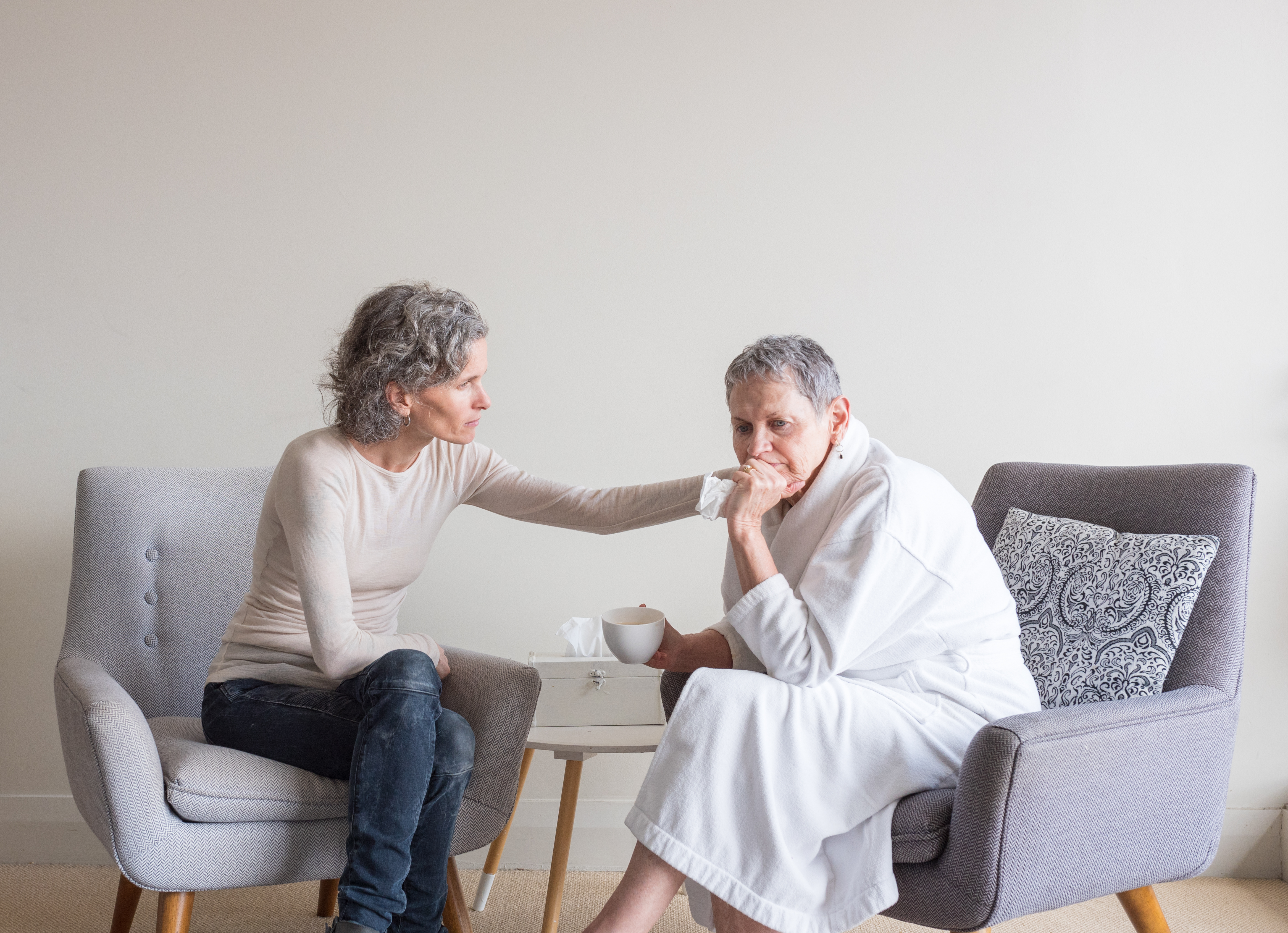It was a bit of a joke in my family: Friends would praise my adult children for giving me a break from caring for my husband, unaware that I was taking a “break” to care for my mother. As our minds turn to summer holidays, this raises questions about who gets a real break and who doesn’t.
Most know they are expected to care about childcare. Fathers pitch in on childcare and learn to say that they are “taking care of” rather than “babysitting” the kids. Employers acknowledge they need policies on parental leave, not just because it’s the law but because most reputable companies do.
But it’s easier to change rhetoric than reality. Most American women know they still do more than their share of childcare and that unpaid leave and flextime don’t help nearly enough. The well-documented and persistent “care penalty” and “second shift” affect wages and career trajectories, but they also shape leisure time.
Yet the caregiving crisis early in the life cycle is only the tip of the iceberg. There is an equally important caregiving crisis later in the lifecycle when someone has to care for seniors.
Although blanket social policies such as the Family and Medical Leave Act suggest an inclusive approach (“to care for the employee’s spouse, child, or parent who has a serious health condition”), the focus is on childcare and especially on the period immediately surrounding childbirth or adoption.
My employer, Northwestern University, goes beyond the unpaid leaves guaranteed by the FMLA, providing paid leave for faculty when they become parents. But there’s nothing beyond the bare-bones FMLA to help with other caregiving.
My own mother has needed help for more than a decade, initially only with managing her finances and keeping telemarketers at bay. But now that help is for all of the “activities of daily living.”
Through her long decline with Alzheimer’s, my two brothers and I have shared her care. But she has been clear about her expectations.
“You’re my only daughter,” she protested as I considered a job offer in Australia.
And although she was happy to have my brothers as backups, she was adamant that I should shoulder the legal responsibilities as her power of attorney both for healthcare and financial matters.
Like childcare, eldercare is highly gendered, perhaps even more gendered. But it’s a gender-skewed responsibility shared by a sibling group rather than by a couple.
Daughters, it turns out, provide twice as much care as sons. Daughters are more likely than sons to adjust their contributions to parents’ needs. Other people are less likely to pitch in to help daughters.
Daughters do a wider variety of tasks, including the intimate ones that sons often avoid. During a period when inequality in the childcare provided by fathers vs. mothers has decreased, the inequality in eldercare contributions of sons vs. daughters has remained constant.
The gendered nature of eldercare has apparently been of so little concern that few have worried about offering politically correct claims about their contributions. Apparently some men seem not to feel a need to protest that they are doing their fair share.
In recent research on tenured law school faculty, both men and women talked about doing childcare, but, not a single man spontaneously mentioned putting in any time caring for elderly parents. When specifically asked, 29 percent of womenlaw school professors but only 18 percent of their male colleagues said they had caregiving responsibilities for elderly or special needs adults.
One hallmark of caregiving is the unpredictability of demands.
Sick children need care when they are ill not at the convenience of their parents or their parents’ employers. As my own research demonstrated, the inequalities start early, with mothers being more likely than fathers to care for critically ill infants, a pattern reinforced by hospitals.
The same care needs are true for people who are elderly or frail. Being the person who has to be available for unpredictable caregiving necessarily decreases availability for important responsibilities at work.
When women absorb those uncertainties for households, they are less able to invest in their careers and less likely to be given the plum assignments. We know the long-term consequences for women’s income growth and advancement at work when this happens early in the life cycle. But we’ve paid less attention to the consequences when women shoulder more than their share of caregiving later in their careers.
To be sure, there are some supports for eldercare. For many, Social Security provides a modest monthly income. Medicare helps with the medical bills and, although most people are unaware of this, Medicaid steps in to pay for residential care when other resources have been depleted, though there are no guarantees that Medicaid beds will be available when needed. And some elders can draw on pensions or long-term care insurance.
Yet even in the best of circumstances, someone must coordinate the care, pay the bills and fill the innumerable caregiving gaps. More likely than not, this will be a female relative.
As the population ages, questions about who will care for the elderly and at what cost will become increasingly important. With many seniors seeking post-retirement careers, the conflict between work and caregiving commitments is not going away.
This summer my mother turns 98. I’ll be planning and hosting a small celebration. But, no, that birthday party won’t really be a “break” for me.



